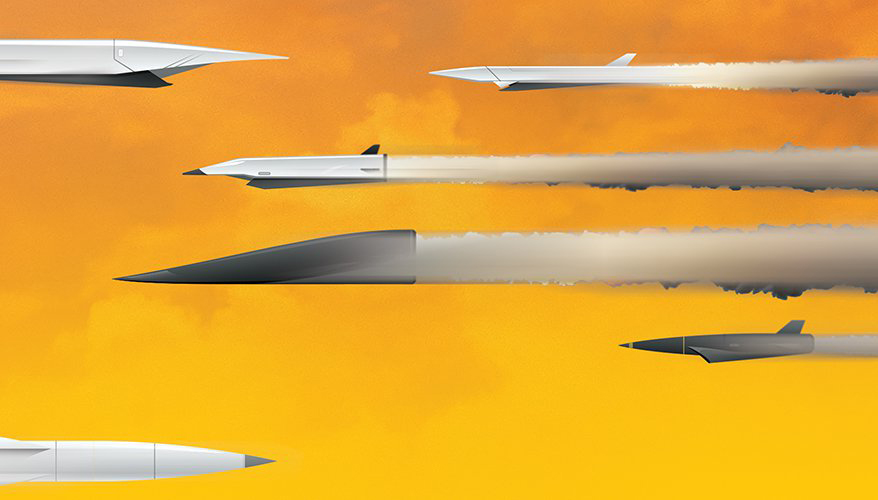GLOBAL DEFENSE MARKET
IT2EC NEWS: NATO Kicks Off Campaign to Simulate Hypersonic Tech
3/25/2025
By Stew Magnuson
By Stew Magnuson

iStock illustration
LILLESTROM, Norway — NATO is in the beginning stages of a campaign to create simulations that can ultimately help its member nations to defend against and use hypersonic interceptors.Wim Huiskamp, scientific advisor to NATO’s Modeling and Simulation Group and co-chair of the new activity’s task group, said that it will look at “the requirements related to hypersonic threats and how modeling and simulation can be used to support that.”
Hypersonic technology is defined generally as vehicles that can fly at Mach 5 or higher and are highly maneuverable, making them hard to defeat, and hard to develop because of the difficult physics involved, he said at the IT2EC modeling and simulation conference March 25 near Oslo, Norway.
“There is a lot of talk about hypersonic threats, also in the context of Ukraine, where we have seen the first operational use of what we think are still prototype hypersonic threats from our Russian friends,” he said in a briefing.
“We need to get a better grip — a better understanding — of what that means and how we can counter that,” he said.
Simulations and modeling is the best way to tackle the problem as it is prohibitively expensive to do real-world tests on the still-developing technology, he noted.
The group wants to investigate capabilities and requirements, carry out threat assessments, look at sensor and interceptor needs, sensor-shooter cueing, engagement, command and control, chains of command and how much humans are in or out of the engagement loop, he said.
The effort will include everything from strategic table top exercises to Monte Carlo simulations, where computers run multiple scenarios that generate different outcomes, he said.
“It’s not just technology. Organizational aspects are also important, of course,” he said. How do you set up your defense systems? How do you coordinate with your coalition partners? “So the whole engagement chain and the whole planning process needs to be included,” he added.
The task group so far includes representatives from Belgium, Germany, Spain, Italy, Netherlands, the United Kingdom, the United States and the NATO Center for Integrated Air and Missile Defense.
Other nations in the NATO alliance are welcome to join, as are companies, research institutions or universities, as long as they are nominated by a participating member and they can get all the necessary security clearances, he said.
“We will focus on concept development and experimentation … to figure out the best way to address this new challenge,” he said.
Topics: Emerging Technologies
